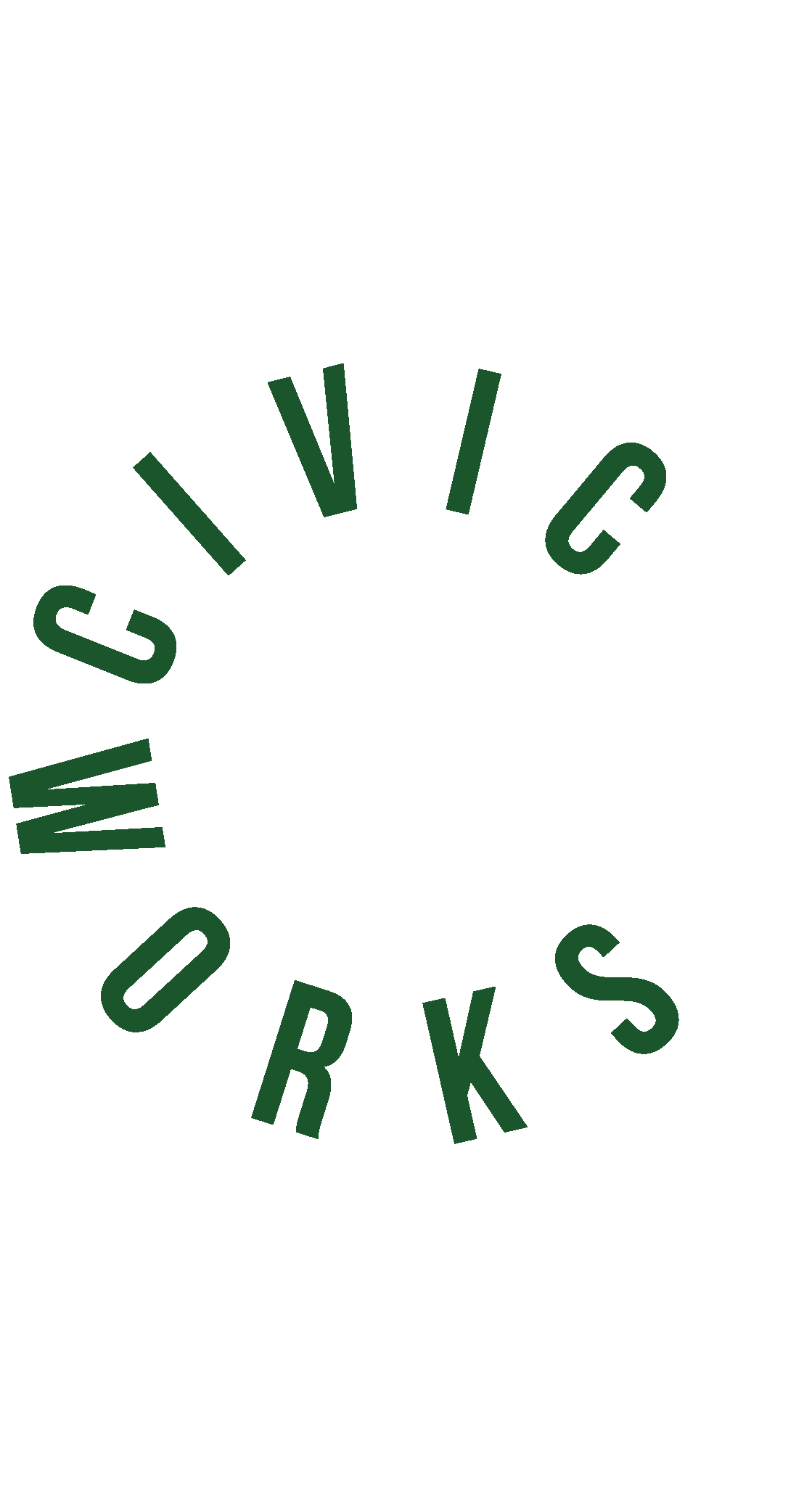Local Area Plans
Various urban forms are enabled by Local Area Plans.
Cities, along with the diverse communities that make them up, are constantly evolving in response to shifting demographics, societal trends, and economic forces.
Each community is a complex system with its own unique challenges and opportunities, requiring thoughtful planning to ensure growth meets the needs of both current and future residents.
To achieve this, municipalities rely on tools like Local Area Plans (LAPs). These plans guide how neighbourhoods grow and change, balancing today’s priorities with long-term goals. Created by the City of Calgary through public consultation and collaboration, LAPs use practical, community-focused planning strategies to ensure neighbourhoods are inclusive, connected, and resilient. For example, an LAP might guide the location of new public space, housing options, or transportation improvements, helping to shape communities that works for everyone.
What Sets Local Area Plans Apart
What sets LAPs apart from other area policy documents is that they are “statutory,” meaning they are legally required and approved by City Council under the Municipal Government Act (MGA) in Alberta. This gives LAPs more authority than non-statutory plans, as they are supported by provincial legislation. The MGA outlines how local governments can operate and plan for growth, ensuring that LAPs align with both municipal and provincial goals.
Local Area Plans (LAPs) guide future growth in multiple communities but don’t directly change land use on specific sites. They outline general development goals, such as supported uses (e.g., 'commercial' or 'residential') and maximum building heights in storeys, providing flexibility to allow for a range of possibilities.
Even if a development vision aligns with an LAP, it may still require a land use change to permit the envisioned height or uses. These changes are reviewed by City Administration for alignment with local policies and must be approved by City Council before redevelopment can proceed.
Unlike Area Redevelopment Plans (ARPs), which focus on a single community, LAPs cover multiple (often contiguous) communities. Land Use Bylaws (often referred to as zoning bylaws) are more site-specific, dictating details like permitted uses, setbacks, and building heights in metres. LAPs, on the other hand, provide a higher-level framework while maintaining flexibility.
Implementation of LAPs in Calgary
In Calgary, the introduction of contemporary LAPs is relatively new. Calgary’s first LAP was implemented in 2021, covering nine communities after a three-year process. These plans consolidate decades of older documents into a cohesive framework, ensuring consistency for future growth while respecting each community’s unique character and needs
The City of Calgary views LAPs as “living documents,” meaning they can be updated over time to ensure alignment with other policies and strategies. This flexibility ensures that LAPs remain relevant to the evolving needs of the communities they serve, providing a solid foundation for growth while adapting to change.
For more information on Local Area Planning within Calgary, the City of Calgary has a comprehensive interactive map as well asFrequently Asked Questions and detailed resource page

